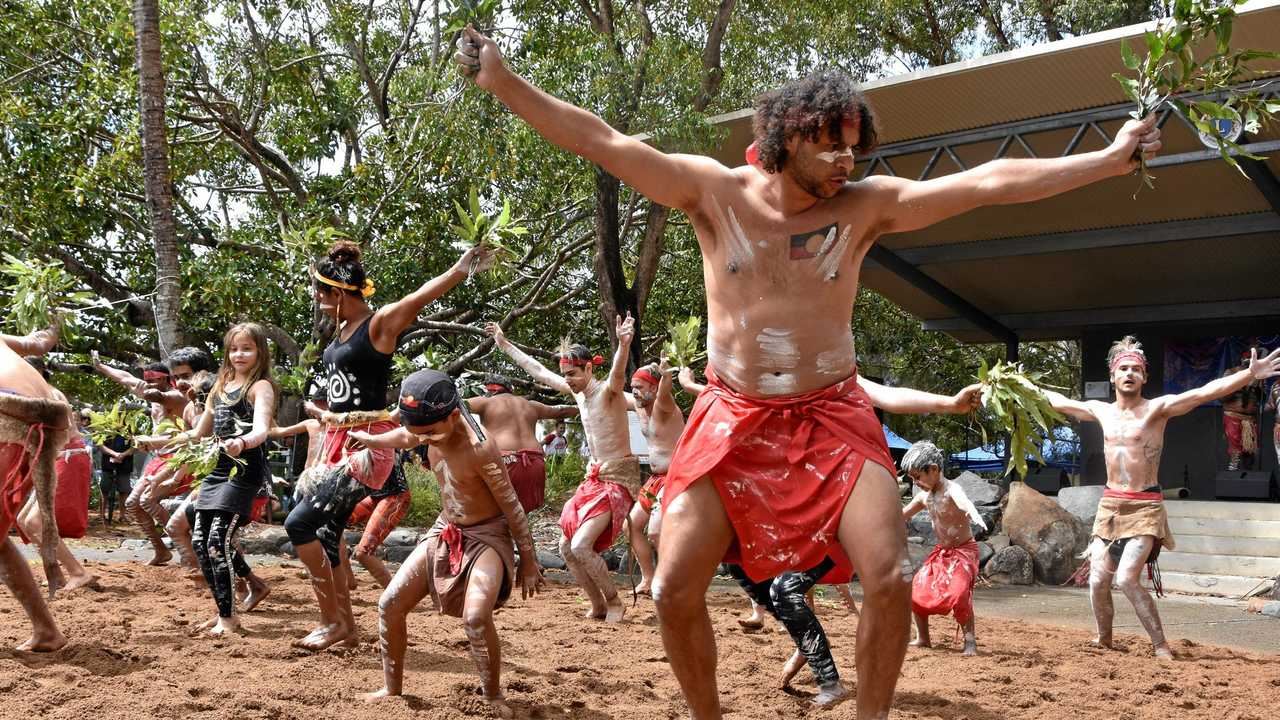About YANDINA
History
Given its location on the Maroochy River and the main route north from Brisbane, Yandina was once destined to become the major centre in the Sunshine Coast region. However, Nambour became the main town of the district and Yandina remained as a thriving town dedicated to servicing the local farming community.
The Sunshine Coast has been occupied by indigenous people for thousands of years and the Yandina area was the home of the Gubbi Gubbi people. In 1842 Governor Gipps of NSW proclaimed the district north of Moreton Bay and south of the Maroochy River, off limits to timber cutters and squatters. This was reversed in 1860 by the Queensland Government to open up the area for European settlement. The region became famous for timber, cattle and small crops with cane and fruit growing coming later.
The Gubbi Gubbi people are the Traditional Custodians of the region. The word Yandina is of Aboriginal origin and means “to go on foot” (yan, go; dinna, on foot). The name was first used in the Yandina Creek area in connection with the ancient Bora Rings and tribal grounds. Of Yugarabul origin the word indicates that Aborigines from other areas were visitors. The Skyring Brothers used the name for the Yandina Cattle Run in 1853. Many local sites and attractions retain their original indigenous names.
The town of Yandina (originally called Native Dog Flat and Maroochy) was first settled in 1868 and gazetted in 1870. It boasts a rich European history starting out as a logging town, then a farming district before becoming what it is today, a growing town that takes pride in retaining its many historic buildings while forging an identity as a great place for families and visitors. The town services the local population and has an array of boutiques, cafes, craft and specialty shop.
 |
|


